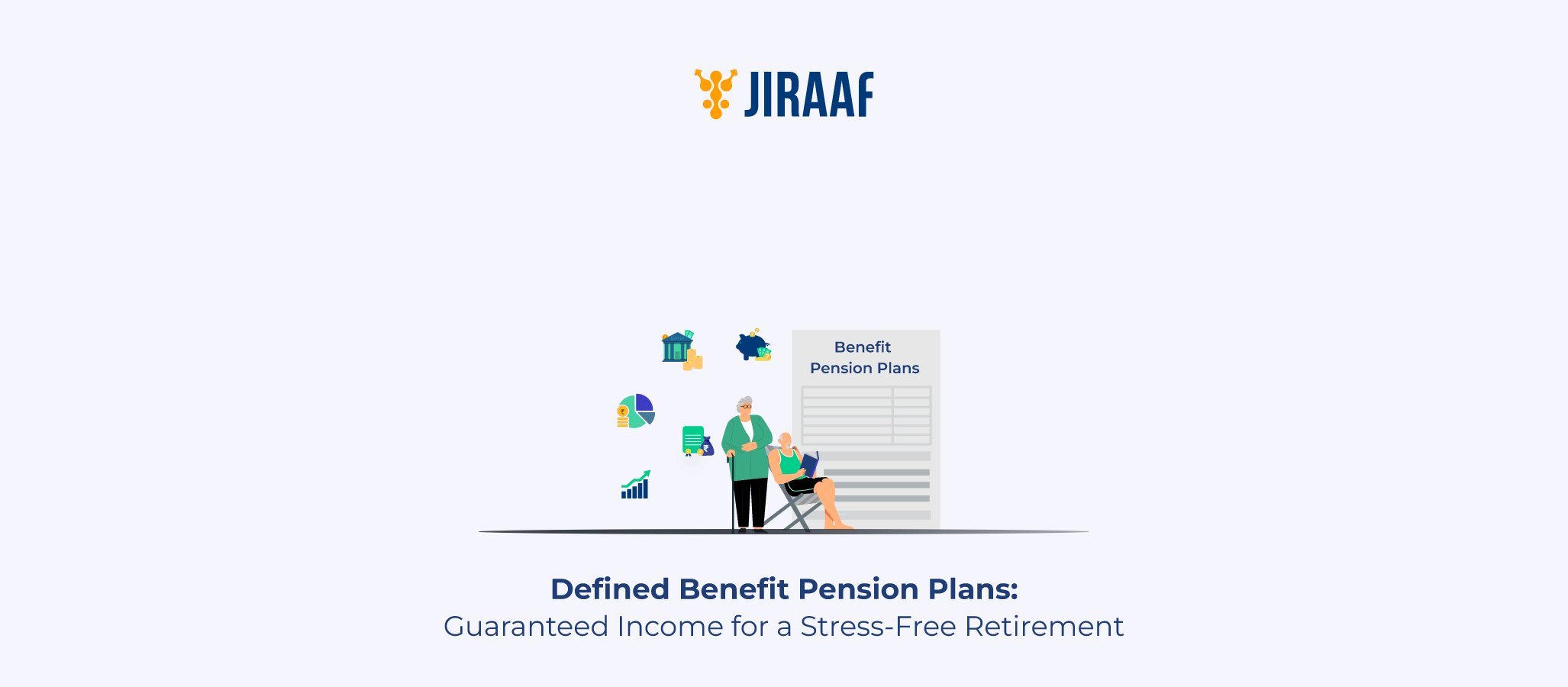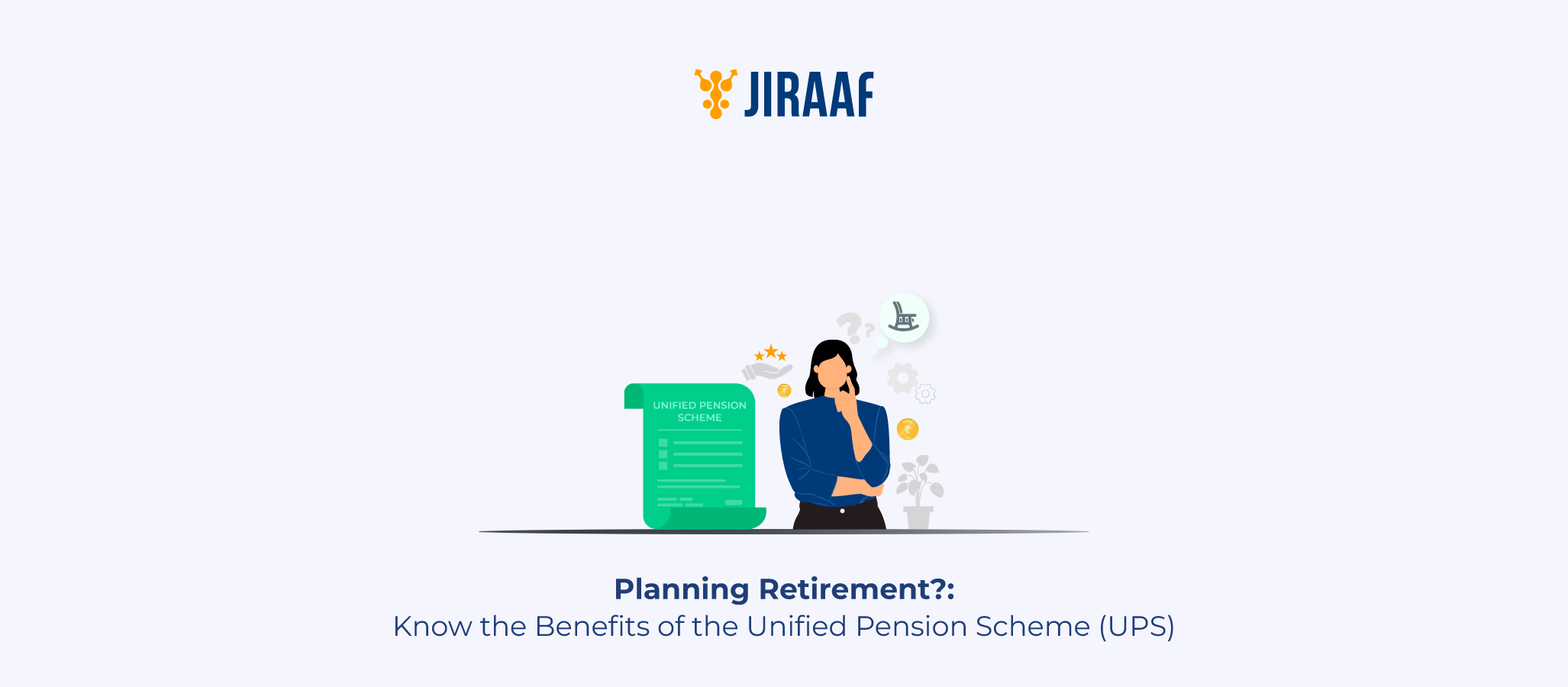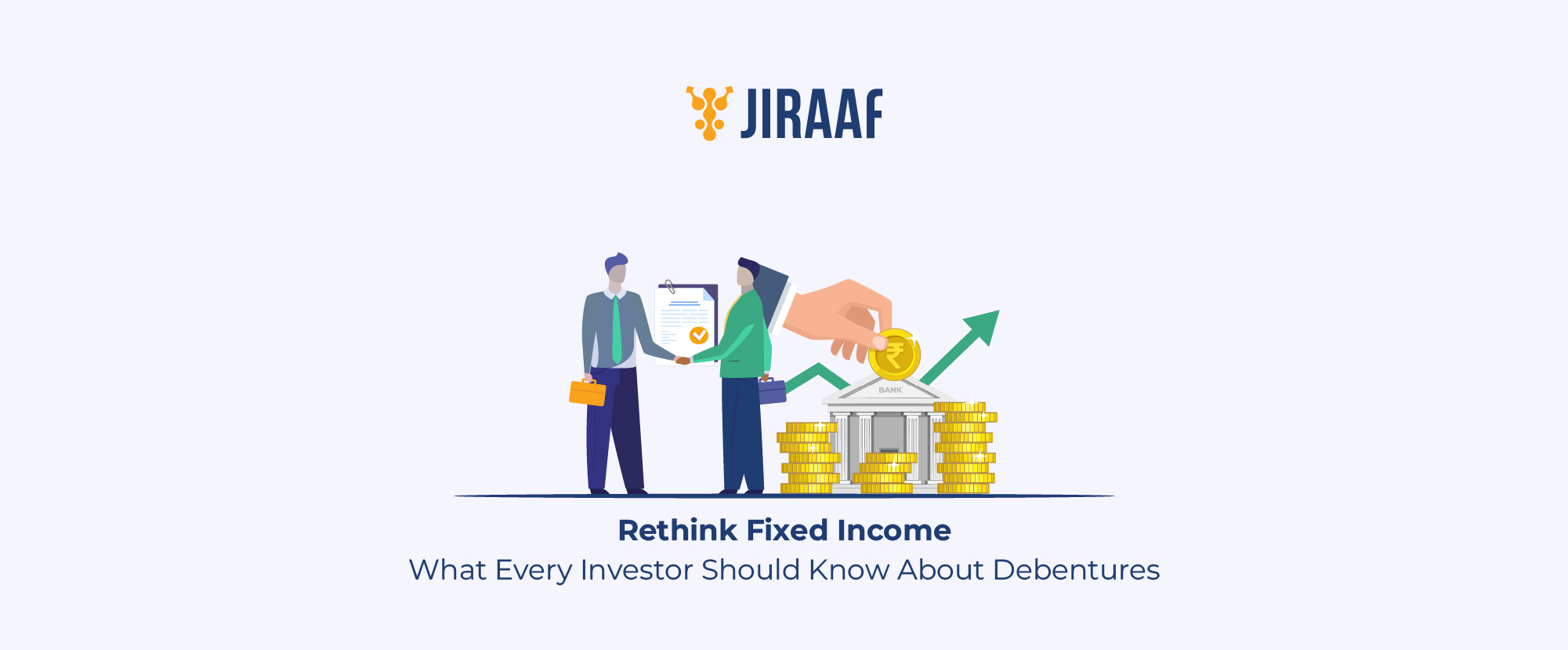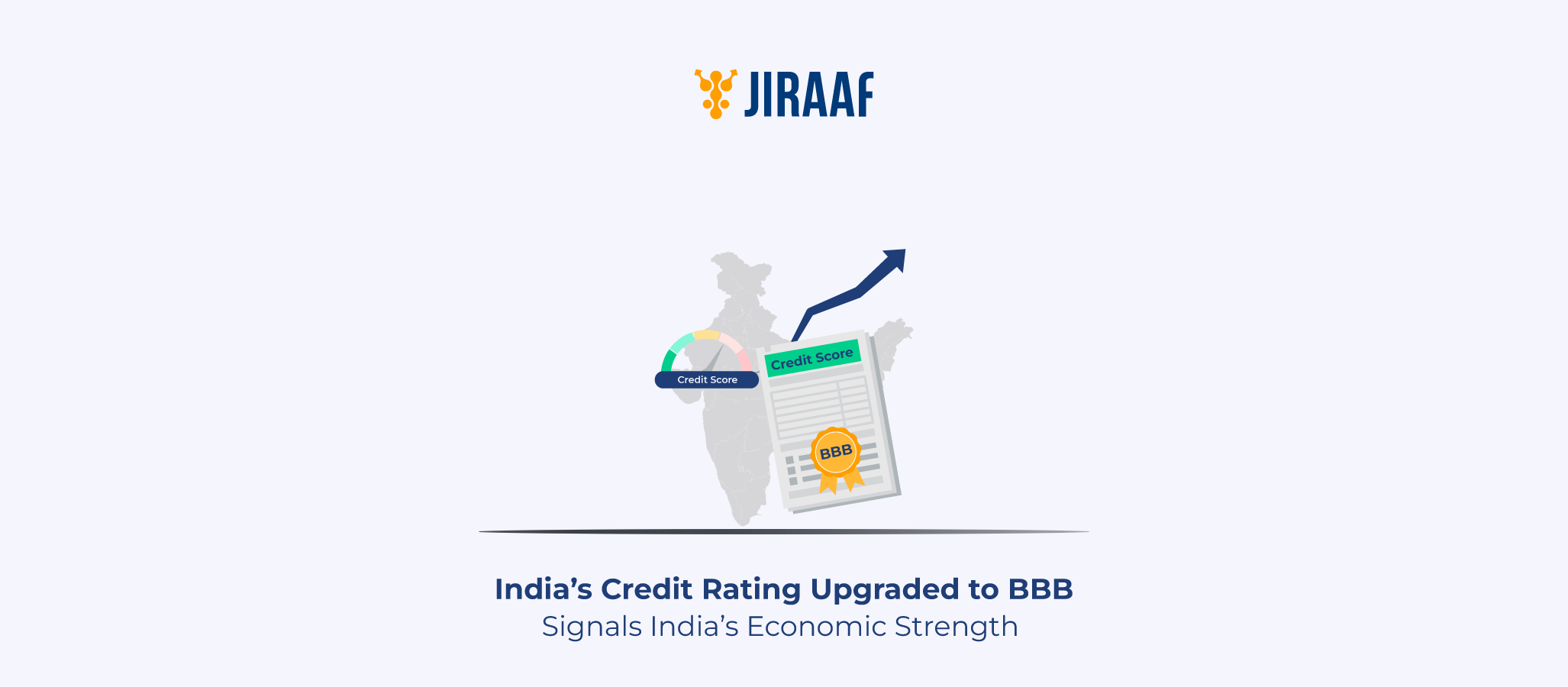Planning for retirement often feels like stepping into a fog of uncertainty. Between investment options, tax-saving schemes, and pension plans, where do you even begin? If you’ve heard of something called a defined benefit pension plan and wondered what that means—you’re in the right place.
In this guide, you’ll understand exactly what a defined benefit pension plan is, how it works, what makes it different from other retirement schemes, and whether it fits into your long-term financial plan.
What is a Defined Benefit Pension Plan?
A defined benefit pension plan is a retirement scheme where you receive a fixed, guaranteed income after retirement based on a formula that usually includes your salary, number of years worked, and age.
Unlike other retirement plans where you build a retirement corpus (like a mutual fund or a defined contribution plan), here you don’t have to worry about managing your investments or market returns. The employer promises to pay you a specific amount every month after you retire—regardless of how the underlying investments perform. In some cases, employees may also be required or allowed to contribute to the plan, but the employer bears the primary responsibility for ensuring payouts.
In short, you work, they calculate, and you receive a pension—simple.
Key Features of a Defined Benefit Pension Plan
Let’s break down what makes these plans popular.
1. Guaranteed Retirement Income
Your pension is not left to chance or the market. It’s based on a preset formula like
Pension = 2% × Years of Service × Final Average Salary
For example, if you worked 30 years and your average salary was ₹60,000/month, your pension would be:
2% × 30 × ₹60,000 = ₹36,000/month
No guesswork. You know what you’re getting.
2. Employer’s Responsibility
Here’s the thing you should note: the employer shoulders the burden of funding and managing the pension fund. If the fund underperforms, the employer still owes you the promised payout.
3. Vesting Period
You typically need to stay with the company for a minimum period (say, 5 or 10 years) to qualify for pension benefits. If you leave before that, you may lose access to (or receive reduced) benefits, depending on plan rules.
4. Inflation and Cost-of-Living Adjustments
Some plans include adjustments to keep pace with inflation (called COLA or Cost-of-Living Adjustments), BUT THIS IS NOT ALWAYS AUTOMATIC OR GUARANTEED. Most government pensions may have COLA, but many private sector defined benefit plans in India do NOT automatically include it. This ensures your buying power doesn’t erode over time (where applicable).
5. Survivor Benefits
In many cases, your spouse or nominee may continue receiving a part of your pension after your death.
How Does a Defined Benefit Pension Plan Work?
You can think of it as a long-term agreement between you and your employer.
Step 1: You Enroll Automatically
Most DB plans don’t require you to opt-in. If your employer offers one, you’re usually enrolled by default.
Step 2: Employer Funds the Plan
Your employer contributes to a pension fund and manages the investments. You’re not expected to contribute anything (though in some cases, small employee contributions are allowed).
Step 3: You Work and Accumulate Service Years
The more years you work, the higher your eventual pension payout.
Step 4: Pension is Calculated
When you retire, your pension is calculated based on the agreed formula. For example:
Formula: 1.5% × Years of Service × Average Salary (last 5 years)
Step 5: You Start Receiving Payouts
These payouts usually begin after retirement and continue for life (or till your spouse’s death if survivor benefits apply).
Defined Benefit vs Defined Contribution Plans
Here’s how defined benefit plans compare to the more modern defined contribution (DC) plans like NPS or EPF.
| Feature | Defined Benefit Plan | Defined Contribution Plan |
| Who contributes? | Mostly employer; sometimes both employer and employee | Employer and/or employee |
| Who bears investment risk? | Employer | Employee |
| Retirement income | Predefined and guaranteed | Market-linked, variable |
| Portability | Low | High |
| Flexibility | Limited | High (can change investment options) |
NPS and EPF are both examples of defined contribution plans, where the payout depends on market returns and accumulated contributions, not a fixed formula.
Pros and Cons of Defined Benefit Plans
Let’s weigh the good and the not-so-good.
Advantages
- Predictable income: You know what you’ll get after retirement.
- No investment hassle: No need to track markets or manage a portfolio.
- Security: Payouts often last for life (plus spouse benefits in some cases).
Disadvantages
- Lack of portability: If you switch jobs, you may not be able to transfer the benefits, or the benefits may be frozen or reduced (subject to vesting and local law).
- Limited access: Mostly available to government employees or long-tenured private employees.
- Employer dependency: If your employer mismanages the fund or goes bankrupt, payouts may be at risk, except for government schemes, which are backed by the state.
Who Offers Defined Benefit Pension Plans in India?
In India, DB pension plans have become RARE outside the public sector. Most private companies no longer offer these to new employees, shifting toward defined contribution plans.
Government Sector
- Central and state government employees hired before January 1, 2004, are covered under the Old Pension Scheme (OPS)—a classic defined benefit plan.
- Employees after this date are covered under the National Pension System (NPS)—a defined contribution plan.
Private Sector
- Some large corporations and PSUs (public sector undertakings) may still offer DB-style pension schemes or gratuity, but these are increasingly rare and typically only for legacy employees.
- Newer companies typically favor NPS or Employees’ Provident Fund (EPF), which are defined contribution plans.
Tax Implications of Defined Benefit Plans
Taxation on these plans is not as complex as you’d have imagined. In India,
- The commuted portion of your pension (lump sum at retirement) may be tax-free up to a certain limit.
- The uncommuted portion (monthly pension) is fully taxable as per your slab.
- If you’re a government employee, your entire commuted pension is generally exempt from tax; for private sector employees, only part of it is exempt, and the rest is taxable depending on gratuity receipt.
Always consult a tax advisor while planning pension withdrawals to optimize your tax liability.
Should You Rely on a Defined Benefit Plan for Retirement?
If you’re lucky enough to have a DB plan, it’s a strong foundation. But relying solely on it isn’t wise.
Why?
- Many plans may not account for rising healthcare costs or inflation (unless COLA is included, which is not always the case).
- The payouts might not support your preferred lifestyle.
- Your financial goals might extend beyond basic survival—like travel, helping your children, or pursuing hobbies.
So, combine your DB plan with other investments—like NPS, PPF, mutual funds, or real estate—to build a complete retirement strategy.
Final Thoughts
Defined Benefit Pension plans offer something rare in today’s world—guaranteed income for life. If you have access to one, you’re in a great position. But don’t stop there. Diversify your retirement plan, understand the tax implications, and think about how you want to live—not just survive—after retirement.
After all, retirement isn’t the end of work—it’s the start of freedom. And planning right today gives you the liberty to enjoy that freedom tomorrow.









